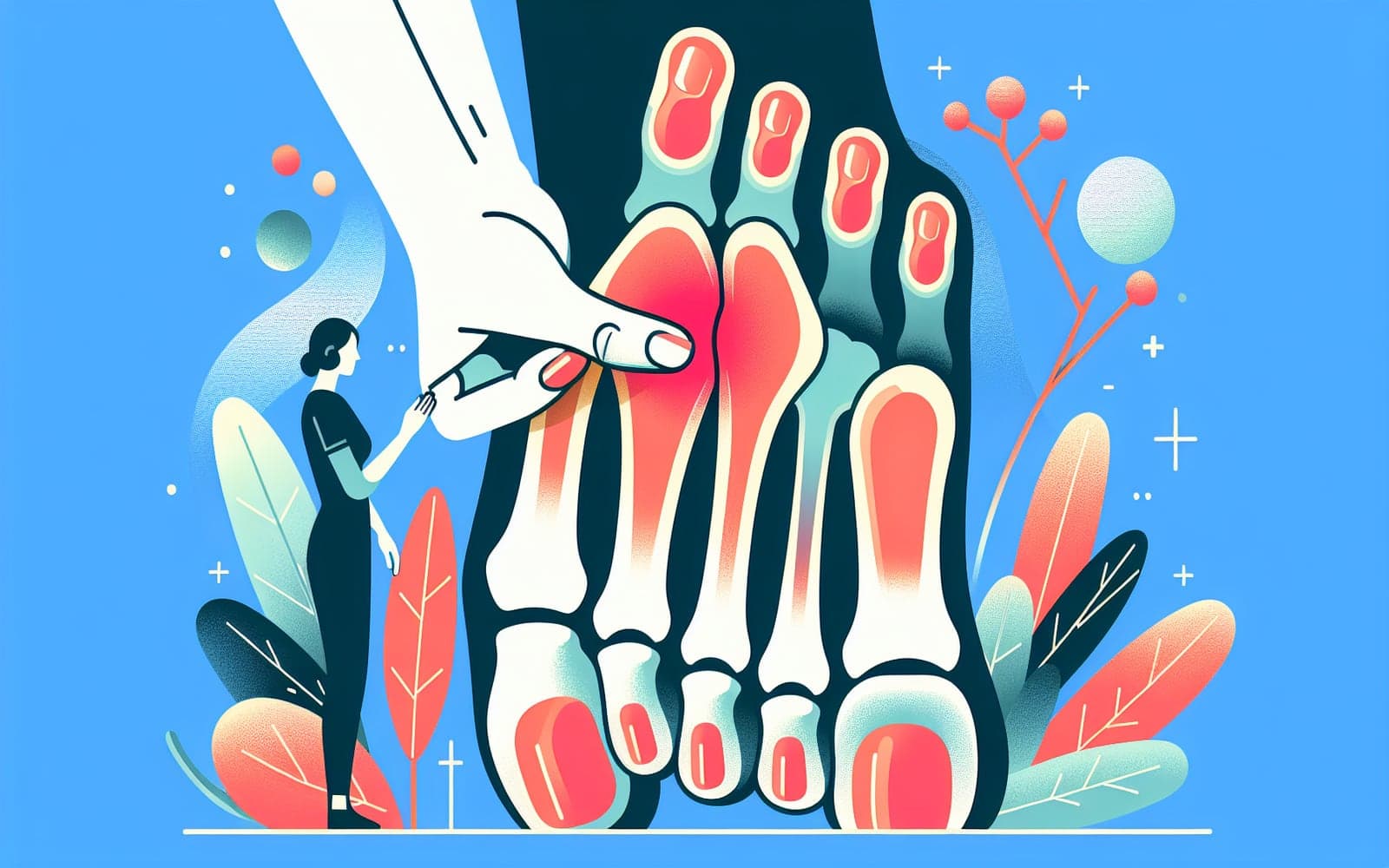What's a Bunion? Understanding the Painful Bump on Your Big Toe
Published: Feb 08, 2024
A bunion is a common and often painful foot deformity affecting the base of the big toe. It occurs when the big toe starts leaning towards the other toes, creating a bony bump on the side of the foot.
Contents
What Causes Bunions?
The exact cause of bunions isn't fully understood, but several factors can contribute. These include genetics, foot shape, and wearing tight or ill-fitting shoes. Conditions like rheumatoid arthritis can also increase the risk. Contrary to popular belief, while shoes can exacerbate bunions, they're likely not the primary cause.
Recognizing Bunion Symptoms
The most obvious sign of a bunion is the visible bump at the base of the big toe. You might experience pain or soreness around this area, especially when wearing shoes. The big toe may start to turn inward, sometimes overlapping with the second toe. In some cases, you might notice redness, swelling, or calluses where the bump rubs against your shoe.

Diagnosing Bunions
Doctors can usually diagnose a bunion through a physical examination of your foot. They'll look at the alignment of your toes and the shape of your foot. In some cases, especially if surgery is being considered, your doctor might order X-rays. These images help measure the severity of the bunion and check for any damage to the toe joint.
Frequently Asked Questions
Genetics can play a role, but it's not the only factor.
No, men can develop bunions too, though they're more common in women.
Unfortunately, bunions don't disappear without treatment.
While they can contribute, high heels aren't the primary cause.
Key Takeaways
Bunions are common foot deformities that can cause pain and discomfort, but with proper understanding and care, they can be managed effectively.
Wondering if that bump on your foot might be a bunion? Chat with Doctronic, your AI doctor, to learn more about symptoms and treatment options.Related Articles
References
Nix S, Smith M, Vicenzino B. Prevalence of hallux valgus in the general population: a systematic review and meta-analysis. J Foot Ankle Res 2010; 3:21.
Nix SE, Vicenzino BT, Collins NJ, Smith MD. Characteristics of foot structure and footwear associated with hallux valgus: a systematic review. Osteoarthritis Cartilage 2012; 20:1059.
Always discuss health information with your healthcare provider.